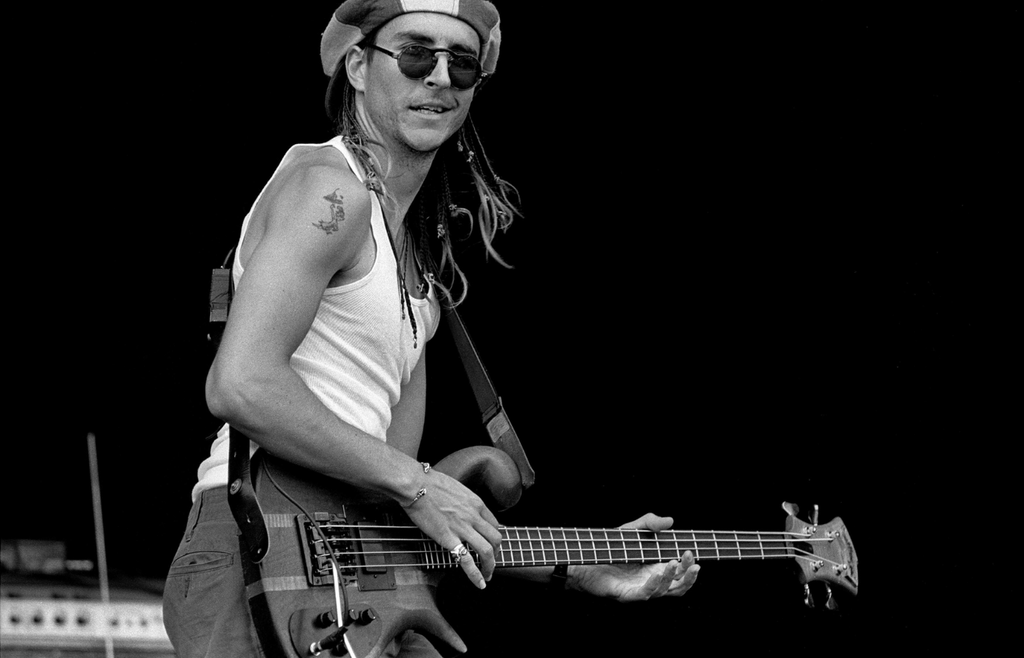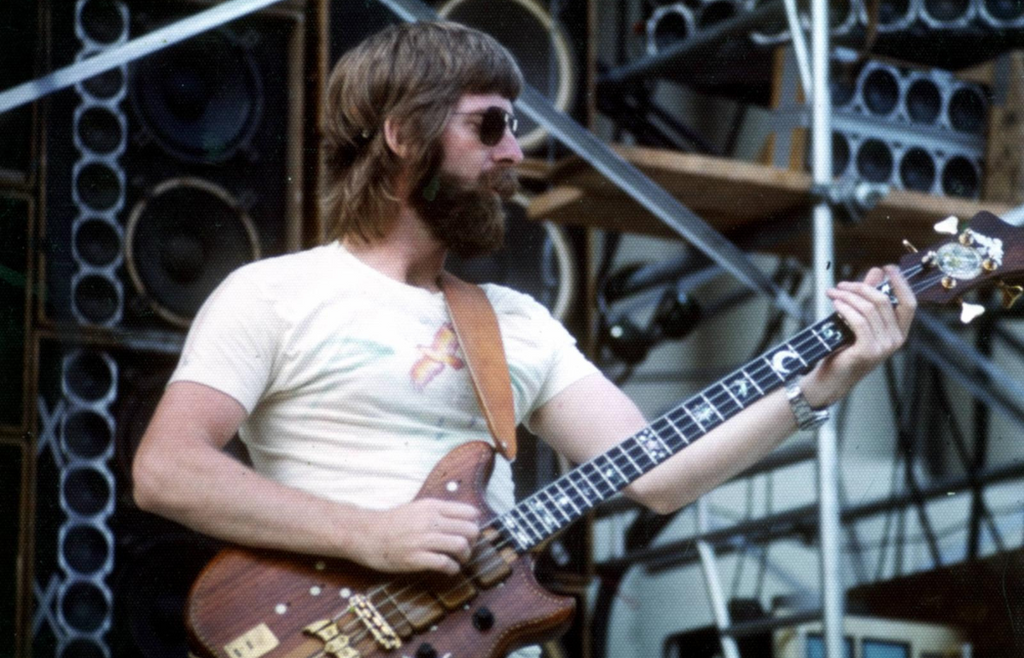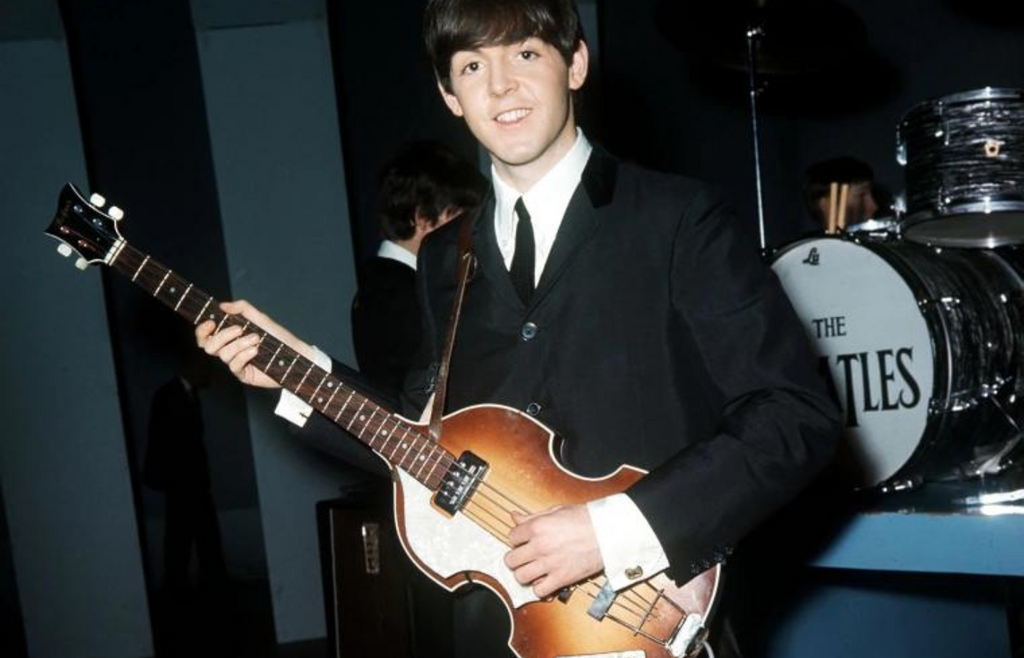8 of the Most Iconic Bassists in Rock and Roll History
As the backbone of every band, supplying everything from structure and depth to color and timing, bassists have played a significant role in the development of music. As the years have gone by, artists have continued to experiment and push the bounds of the bass guitar and the melodies it creates.
Today, we take a moment to celebrate some of the most brilliant minds ever to pick up a bass and their impact on Rock and Roll history. From the modern stylings of Flea and Thundercat to the history-carving trebles of Paul McCartney and John Paul Jones, here are eight of the most iconic bassists in Rock and Roll history.
Thundercat

Impeccably cool and touching down in everything from acid jazz to yacht rock, Thundercat is one of the more modern bassists on our list. First coming to prominence as the bassist for crossover thrash band Suicidal Tendencies, Thundercat would go on to cement his legacy with artists like Kendrick Lamar and Mac Miller.
Whether it’s pursuing his career in fashion, filling stadiums alongside Kendrick Lamar, or continuing to experiment with music, Thundercat has all intentions of living up to his Rolling Stone nomination as one of the best bassists of all time.
Les Claypool

Whether it’s his cartoon character-like strut, his odd slap and flick strumming method, or his nuanced storytelling abilities, Les Claypool was carved from the Rock gods themselves. Born into a family of car mechanics and later working as a carpenter, Claypool has always channeled the struggles and aspirations of the working class into his music, especially with Primus (“John The Fisherman,” “Those Damned Blue Collar Tweakers”).
While Primus was the vessel in which Claypool launched his career, he’s had tons of success in other projects like Oysterhead (with Trey Anastasio and Stewart Copeland) and Colonel Les Claypool’s Fearless Flying Frog Brigade, the latter of which has earned its own cult following.
Lemmy Kilmister

The music written by Motörhead was some of the most significant work to ever be produced in heavy metal, and a large reason why is because of the bassist and lead singer of the band, Lemmy Kilmister. Known for his signature mutton chops and military-influenced fashion sense, Lemmy has one of the most recognizable voices in Rock and Roll.
Wielding a Rickenbacker bass as his battleaxe, he would incorporate guitar-like riffing and the use of a pick to create this apocalyptic distortion that no other bassist could replicate. Whether it’s the legacy he created with Motörhead or the momentum he brought to the new wave of British heavy metal, Lemmy was one of the most influential bassists of all time.
Flea

A face and flavor that almost any rock and roll fan will recognize, Flea is a legend for so many reasons. As a founding member of Red Hot Chili Peppers (RHCP) and the only member (besides Keidis) to appear on every one of the band’s albums, Flea’s career has been undoubtedly shaped through his work with the world-famous group.
The Australian-American artist channels elements of funk, psychedelia, punk, and hard rock into a unique blend that has contributed to the trademark sound of RHCP. Through several high-octane performances, such as a fully nude set at Woodstock ‘99, and his bottle-rocket nature, Flea will forever be one of the most iconic bassists in Rock and Roll history.
Geddy Lee

Also made famous for his voice and intrepid skills on the bass guitar, Geddy Lee is one of the most prominent names on this list. In fact, it can be argued that Lee’s style and technique, in addition to the influence of Rush, had an impact on the careers of several names on this list, including Les Claypool.
Slowly building their following out of Toronto, Rush started out more like a slow roll. However, they continued to release music year after year and by the time they released “Tom Sawyer” on Moving Pictures (1981), the band had skyrocketed into the forefront of the global rock scene. Lee would go onto continue writing and performing with the band as it cemented its legacy as a multi-platinum band and remains active to this day.
John Paul Jones

All you need to do to understand the iconically cool demeanor of the emblem that is John Paul Jones is listen to the opening chords of “Dazed and Confused.” As a founding member of Led Zeppelin, the UK artist relied on years of experience as a session musician and arranger to help the band form their unique ethos.
Similar to Geddy Lee in his later years, John Paul Jones’ weapon of choice was a Fender Jazz Bass. When it came to what he could do with it, Jones was a creator of worlds and soundscapes that bend the mind and tantalize the senses. Following the disbandment of Led Zeppelin, Jones would go on to form the supergroup Them Crooked Vultures with Dave Grohl, but not before getting inducted into the Rock and Roll Hall of Fame in 1995.
Phil Lesh

Our personal favorite on the list - the Grateful Dead’s Phil Lesh. Said with total and complete affection, Phil Lesh is a music nerd whose stratospheric musical IQ was crucial to the development of the Dead. Starting out playing the violin and eventually moving to the trumpet, Lesh had never played the bass before joining the Grateful Dead (then known as The Warlocks). That didn’t matter. When Lesh met Jerry Garcia in 1965, he was an Avante-garde composer who knew how to move notes and play with scales like a mad scientist.
Garcia knew the brilliance he had and took a chance on inviting him to join the band as the new bassist. As you can imagine, that bet was cashed in full with Phil Lesh going on to perform for the next 60 years while carving his name in Rock and Roll history as one of the most gifted improvisational bassists to hit the stage.
Paul McCartney

Oftentimes undervalued as a bassist, Paul McCartney’s contributions as a core member of The Beatles are undeniable. What characterized McCartney’s approach to the bass guitar was vastly different than most of the names on this list, besides maybe Thundercat. It was more melodic and would oftentimes tip-toe through classical, ballads, and even roll-pop influences.
As The Beatles grew, McCartney ventured into various avenues of production and songwriting but never abandoned the bass. The Liverpool-born artist approached production in the same syncopated manner he played the bass, with no limits and a wide range of influences to draw from. Today, Paul McCartney is respected as THE bassist who showed the world the amazing things you can do with four strings.

